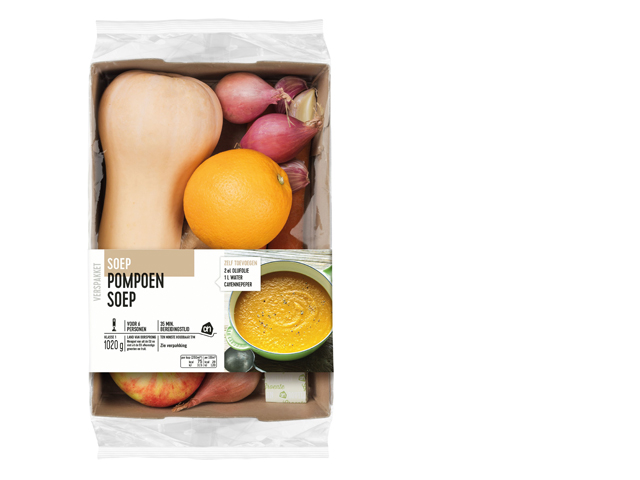
Content

Most consumers know good diet and good health go hand-in-hand but with the growing availability of cheap, highly processed ready-meals– it’s easy for consumers to choose convenience over health.
How can we convince the general public to choose to eat a healthy diet full of vegetables? According to marketing experts Anne-Marie Roerink and Hans Verwegen there are three ways to promote healthy eating to consumers: encourage people to buy vegetables, make buying healthy options convenient and offer education to help consumers make the right choice.
With healthcare costs sky-rocketing many insurance companies are creating ways to get their customers to adopt a healthier lifestyle. “American health insurance companies are working with businesses to offer discounts or incentives to people who don’t smoke or recently quit, who get vaccinated or who follow a special diet such as Weight Watchers,” Anne-Marie Roerink, 210 Analytics, explains. “Some insurance companies also encourage people to eat healthily by offering a discount for tracking and eating a variety of different-coloured fruit and vegetables every day.”
Nudging is a rising trend in which supermarkets provide consumers with convenient, easy decisions, including adding health information on packaging, selling healthy convenience products and setting up special shelves of healthy, easy to grab foods. With consumers making around two hundred food choices every day – most of which are impulsive or subconscious – there are a number of opportunities to positively impact people’s healthy eating behaviour by nudging.
But does nudging work? In a joint experiment set up by the Netherlands Nutrition Centre researchers investigated the extent to which the in-store environment influenced consumers’ food choices. A supermarket branch was converted for six weeks into a ‘Go For Colour Lab’ in which fruit and vegetables were given a more prominent position in the in-store environment. The nudges ranged from access gates and shopping cart inlays to healthy options at the checkouts.
After reviewing the sales figures from the control supermarket it was found that even little nudges made it easier for people to make healthy choices.
Supermarkets are adding initiatives designed to help consumers buy healthy food, without compromising on convenience, with items like pre-cut butternut squash wedges, bagged pre-chopped vegetables and ready-to-eat salads.

"We are living busy urban lives," says marketing analyst Hans Verwegen. “People don’t have time to stand in the kitchen chopping and cooking. Plus sitting down for a meal together has long ceased to be a natural part of the day. The wide range of pre-cut veggies and vegetable mixes fills this gap and need for convenience perfectly.”
Many supermarkets in the US have created another option to help consumers choose healthy food by having their own in-house dietitians. “Nowadays more and more supermarket chains have fully qualified dietitians walking the store floor to give customers advice on their health situations and lifestyles,” Roerink stated. “They provide nutritional advice, develop recipes and guide customers around the store. For example the dietician on site may inform type 2 diabetes sufferers what they can eat, what items are good substitutes, and so on. It’s a really great system for highlighting the elements of a healthy diet and giving practical tips on how to follow it.”
With the new consumer need for healthy convenient food options comes new challenges for breeders. Rather than focusing on breeding for size, breeders need to look to develop varieties that are easy to cut, have a long shelf life and are the correct size to fit in the fresh packs, all while maintaining great flavour, texture and colour.
The Enza Zaden team works to help define what attributes varieties require to meet the new convenience needs of consumers and are constantly working to evolve and produce unique and innovative products.